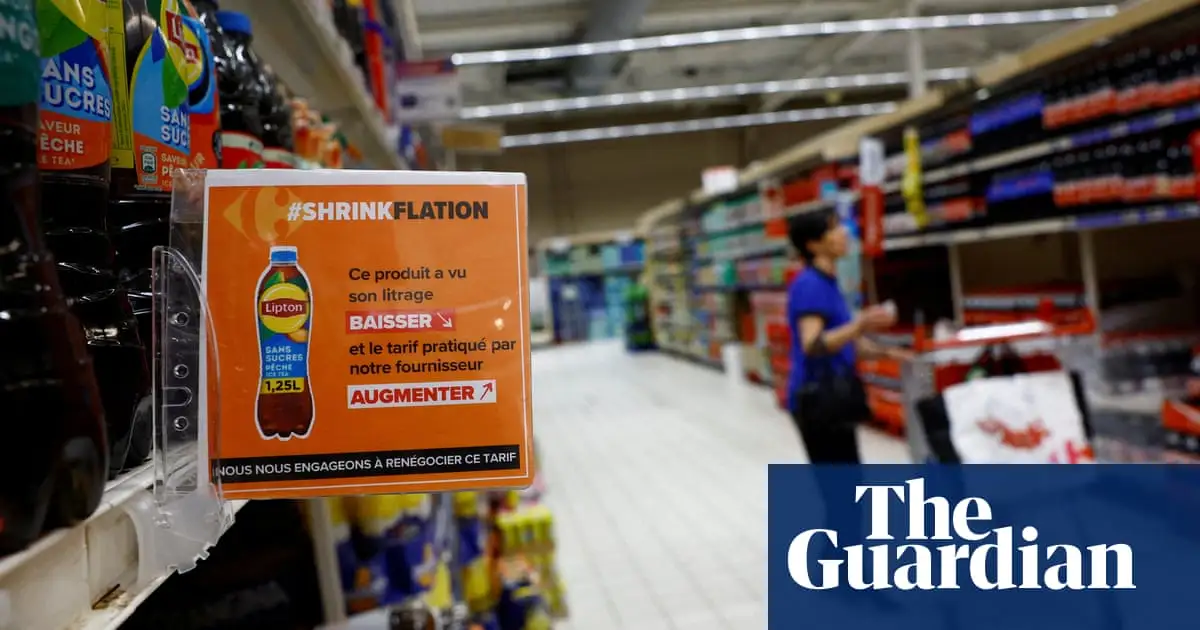Carrefour puts ‘shrinkflation’ price warnings on food to shame brands
Carrefour puts ‘shrinkflation’ price warnings on food to shame brands

www.theguardian.com
Carrefour puts ‘shrinkflation’ price warnings on food to shame brands

Carrefour puts ‘shrinkflation’ price warnings on food to shame brands

Carrefour puts ‘shrinkflation’ price warnings on food to shame brands
